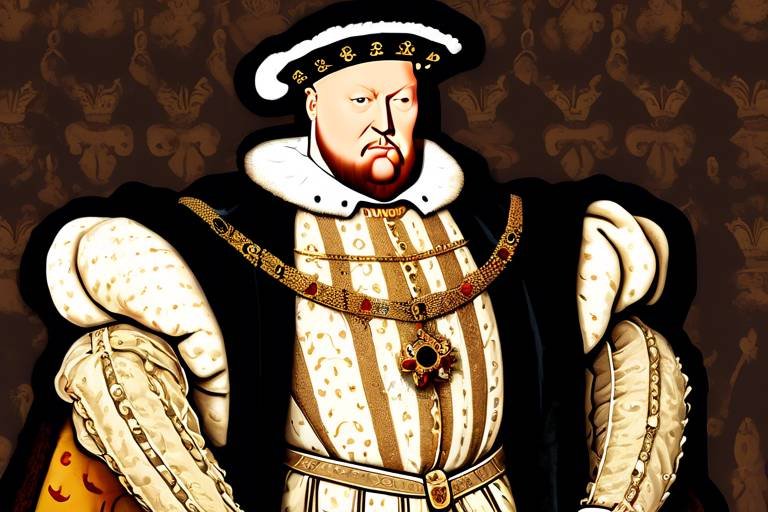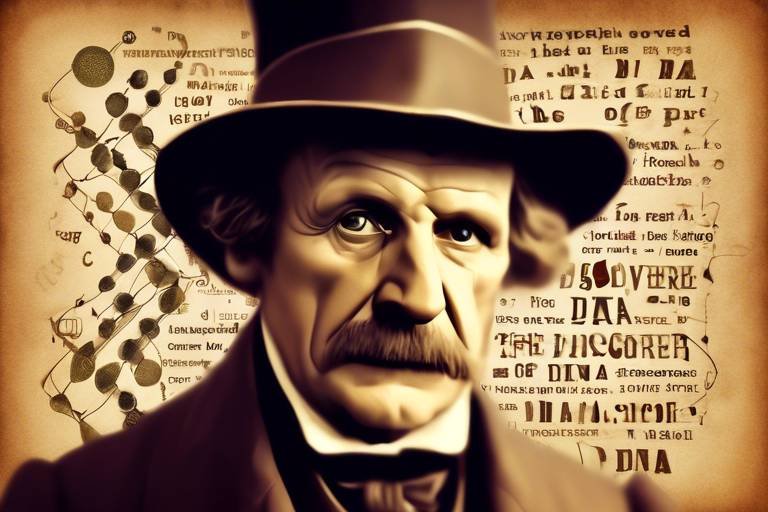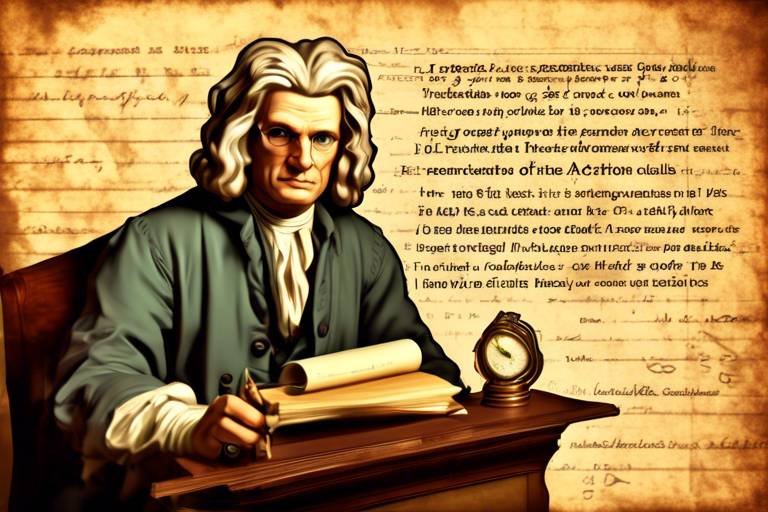Stalin: Controversial Figure of Soviet Authority and Repression
Stalin, a name that evokes both fear and fascination, stands as a towering figure in the history of the Soviet Union. His journey from humble beginnings to becoming the undisputed leader of a vast nation is a tale of ambition, ruthlessness, and power. Born as Joseph Djugashvili, he later adopted the name Stalin, meaning "man of steel," a moniker that would come to symbolize his iron-fisted rule.
Stalin's rise to power was marked by cunning political maneuvers and a relentless pursuit of control. Through a combination of strategic alliances, purges of rivals, and manipulation of party structures, he solidified his authority over the Soviet state. His grip on power was absolute, leading to a regime characterized by repression, censorship, and fear.
One of the defining features of Stalin's rule was his aggressive push for industrialization and collectivization. The rapid transformation of the Soviet economy under his leadership came at a great cost, both in terms of human suffering and economic upheaval. The forced collectivization of agriculture and the prioritization of heavy industry reshaped the social fabric of Soviet society, leaving a lasting impact on generations to come.
The Great Purge, a dark chapter in Soviet history, saw Stalin's brutal campaign of political repression reach its peak. Thousands of party officials, intellectuals, and ordinary citizens were targeted in a wave of terror aimed at eliminating perceived threats to Stalin's power. The purges left a scar on Soviet society, instilling a culture of fear and suspicion that would endure for decades.
During World War II, Stalin emerged as a key figure on the global stage, leading the Soviet Union in its fight against Nazi Germany. His strategic decisions, including the defense of Stalingrad and the eventual push towards Berlin, played a crucial role in turning the tide of the war. However, the human cost of the conflict was immense, with millions of Soviet citizens losing their lives in the struggle for victory.
Post-war reconstruction brought new challenges for Stalin as he sought to rebuild a war-torn nation and assert Soviet influence on the world stage. The escalating tensions of the Cold War era saw the Soviet Union locked in a power struggle with the West, with Stalin at the helm of a regime marked by secrecy and paranoia.
Stalin's cult of personality, carefully crafted through propaganda and manipulation, served to elevate him to near-mythical status in the eyes of the Soviet populace. The glorification of his leadership, coupled with the suppression of dissent, created a climate of fear and obedience that sustained his rule for decades.
As historians continue to debate Stalin's legacy, the shadow of his rule looms large over Soviet and global history. The human rights violations, political repression, and economic upheaval that characterized his regime remain a dark chapter in the annals of the past, serving as a stark reminder of the dangers of unchecked power.
Efforts to reassess Stalin's legacy and honor the memory of his victims are ongoing, as societies grapple with the complexities of his rule. The rehabilitation of those who suffered under his regime and the preservation of historical memory serve as a testament to the enduring impact of Stalin's reign on the collective consciousness.
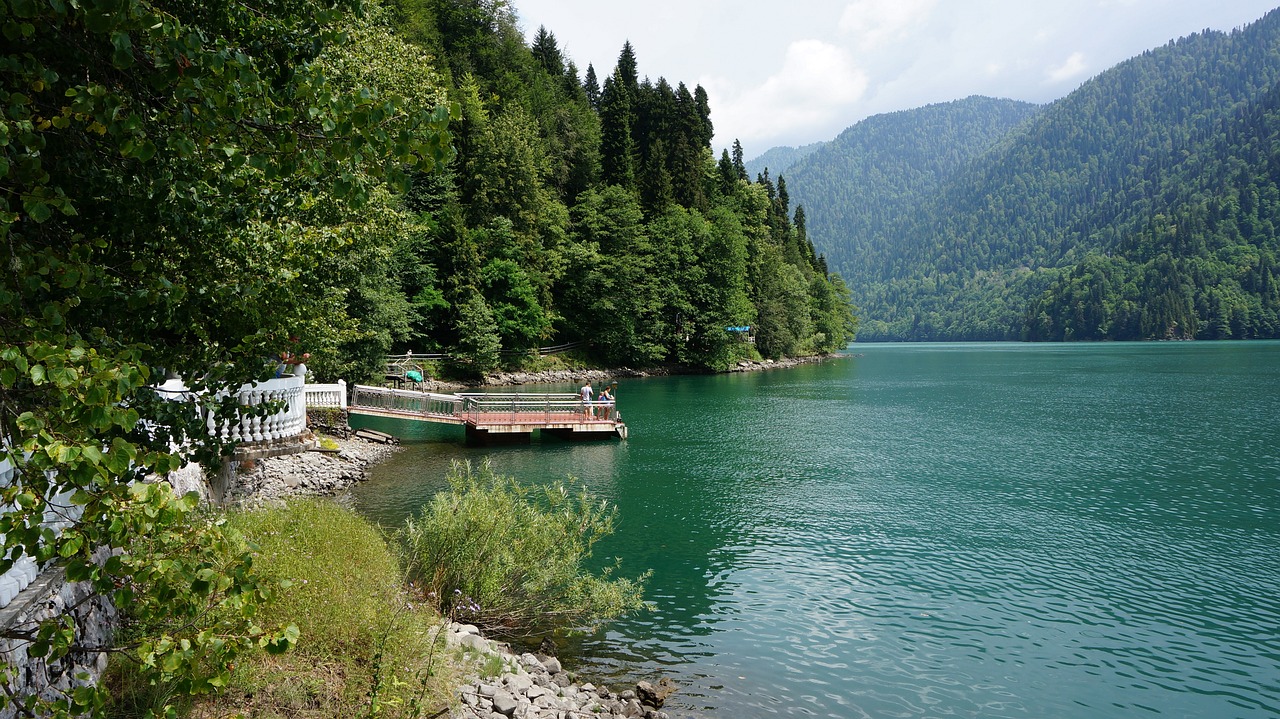
Early Life and Rise to Power
Stalin's journey from a modest upbringing to becoming one of the most powerful figures in Soviet history is a tale of ambition and political acumen. Born as Joseph Djugashvili in Georgia, he adopted the name Stalin, meaning "man of steel," a moniker that would come to symbolize his iron-fisted rule. His early years were marked by hardship and revolutionary fervor, as he immersed himself in Marxist ideology and joined the Bolshevik party led by Vladimir Lenin.
Through a series of calculated moves and alliances, Stalin gradually climbed the ranks within the party, showcasing his organizational skills and ruthless determination. His role in key party positions, such as General Secretary, allowed him to consolidate power and outmaneuver his rivals, eventually positioning himself as Lenin's successor after the leader's death in 1924.
Stalin's ascent to power was not without controversy, as he sidelined dissenting voices and implemented policies that centralized authority in his hands. His shrewd political maneuvering and manipulation of party structures solidified his grip on the Soviet Union, setting the stage for his authoritarian rule and the implementation of far-reaching reforms.
As Stalin rose to prominence, his vision for transforming the Soviet state into a formidable industrial and military power began to take shape. The seeds of his future policies, including rapid industrialization and collectivization, were sown during this formative period, laying the groundwork for the tumultuous years ahead.
Stalin's early life and rise to power exemplify the complex interplay of personal ambition, ideological fervor, and political cunning that defined his reign. The path he forged to leadership was marked by both strategic calculation and ruthless pragmatism, foreshadowing the authoritarian rule that would come to characterize his tenure as the supreme leader of the Soviet Union.
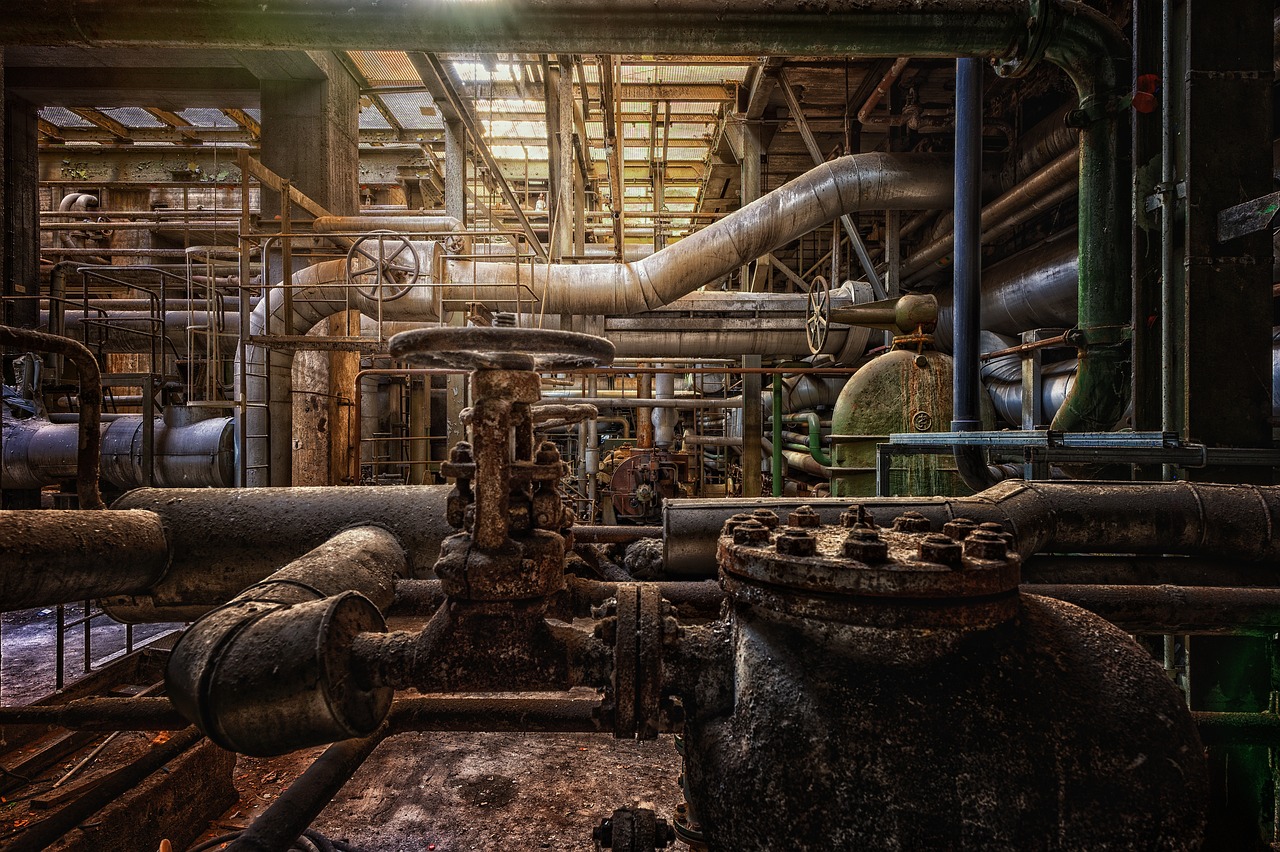
Industrialization and Collectivization
During Stalin's rule, the Soviet Union underwent a period of rapid industrialization and collectivization that significantly transformed the country. Industrialization aimed to modernize the economy and propel the Soviet Union into the ranks of industrialized nations. Factories, infrastructure, and manufacturing sectors were prioritized, leading to the creation of a powerful industrial base. This shift had a profound impact on the lives of the Soviet people, as urbanization increased, and new opportunities emerged in the industrial sector.
Simultaneously, collectivization targeted the agricultural sector, aiming to consolidate small farms into large collective farms. This policy was intended to increase agricultural productivity and ensure food security for the growing urban population. However, the implementation of collectivization was met with resistance from many peasants, leading to violent confrontations and widespread disruption in rural communities.
As a result of industrialization and collectivization, the Soviet economy experienced significant growth, but at a high human cost. The forced collectivization of agriculture resulted in widespread famine and hardship, particularly in the countryside. The rapid industrialization also led to harsh working conditions in factories and construction sites, with workers facing long hours and minimal safety precautions.
Moreover, the emphasis on meeting ambitious production targets often came at the expense of quality and efficiency, leading to inefficiencies in the industrial sector. Despite these challenges, Stalin's policies of industrialization and collectivization fundamentally reshaped the Soviet economy and society, setting the stage for the country's emergence as a global superpower.

The Great Purge
During the tumultuous period known as the Great Purge, Stalin unleashed a wave of political repression and terror across the Soviet Union. This ruthless campaign aimed to eliminate any perceived threats to Stalin's authority, resulting in mass arrests, show trials, and executions. The scale of the purges was staggering, with millions of Soviet citizens falling victim to the regime's paranoia and brutality.
Stalin's purges targeted a wide range of individuals, including high-ranking officials, intellectuals, military leaders, and ordinary citizens deemed disloyal or suspicious. The secret police, led by figures like Lavrentiy Beria, played a central role in carrying out Stalin's orders, instilling fear and suspicion throughout Soviet society.
The impact of the Great Purge reverberated far beyond the individuals directly targeted. Families were torn apart, communities were shattered, and a climate of fear permeated every aspect of life in the Soviet Union. The purges left a deep scar on the collective psyche of the nation, with trust eroded and suspicion rampant.
One of the most infamous episodes of the Great Purge was the show trials, where prominent figures were accused of treason, espionage, and sabotage in staged proceedings designed to justify their executions. These trials were marked by coercion, false confessions, and blatant disregard for justice, serving as a chilling reminder of the regime's ruthlessness.
As the purges intensified, no one was safe from the reach of Stalin's terror. Even loyal party members and officials lived in constant fear of being denounced and arrested, leading to a culture of informants and betrayal. The purges decimated the ranks of the Soviet elite, leaving a void that would take years to fill.
The Great Purge not only claimed countless lives but also left a lasting legacy of fear and mistrust in its wake. The trauma inflicted on Soviet society during this dark chapter reverberated for generations, shaping the way in which the regime was remembered and understood. The scars of the purges would endure long after Stalin's death, serving as a stark reminder of the human cost of unchecked power and paranoia.

World War II and Stalin's Leadership
During World War II, Stalin's leadership played a pivotal role in the Soviet Union's efforts against the Axis powers. His strategic decisions, though often controversial, were instrumental in shaping the outcome of the conflict. Stalin's leadership style was marked by a combination of ruthlessness and pragmatism, as he navigated the challenges of war on multiple fronts.
One of the key aspects of Stalin's leadership during World War II was his ability to mobilize the Soviet people for total war. Through propaganda and coercion, he rallied the population behind the war effort, emphasizing the importance of sacrifice for the greater good. This mobilization allowed the Soviet Union to withstand the brutal onslaught of the German invasion and eventually turn the tide of the war in favor of the Allies.
Stalin's military strategy during World War II was characterized by a willingness to absorb heavy casualties in pursuit of strategic objectives. His scorched-earth tactics, particularly during the defense of Stalingrad, exemplified his willingness to sacrifice lives and resources to achieve victory. Despite the human cost, these tactics ultimately proved effective in halting the German advance and securing key victories for the Soviet Union.
Stalin's leadership also extended to the diplomatic arena, where he negotiated with the Allies to secure support and resources for the Soviet war effort. His participation in key conferences such as Tehran and Yalta solidified the Soviet Union's position as a major player in the post-war world order. However, Stalin's diplomatic maneuvering also laid the groundwork for the tensions that would define the early years of the Cold War.
Overall, Stalin's leadership during World War II was marked by a complex blend of strategic vision, ruthless pragmatism, and a relentless pursuit of victory. While his decisions and tactics were often controversial, there is no denying the significant impact he had on the course of the war and the subsequent reshaping of global politics.
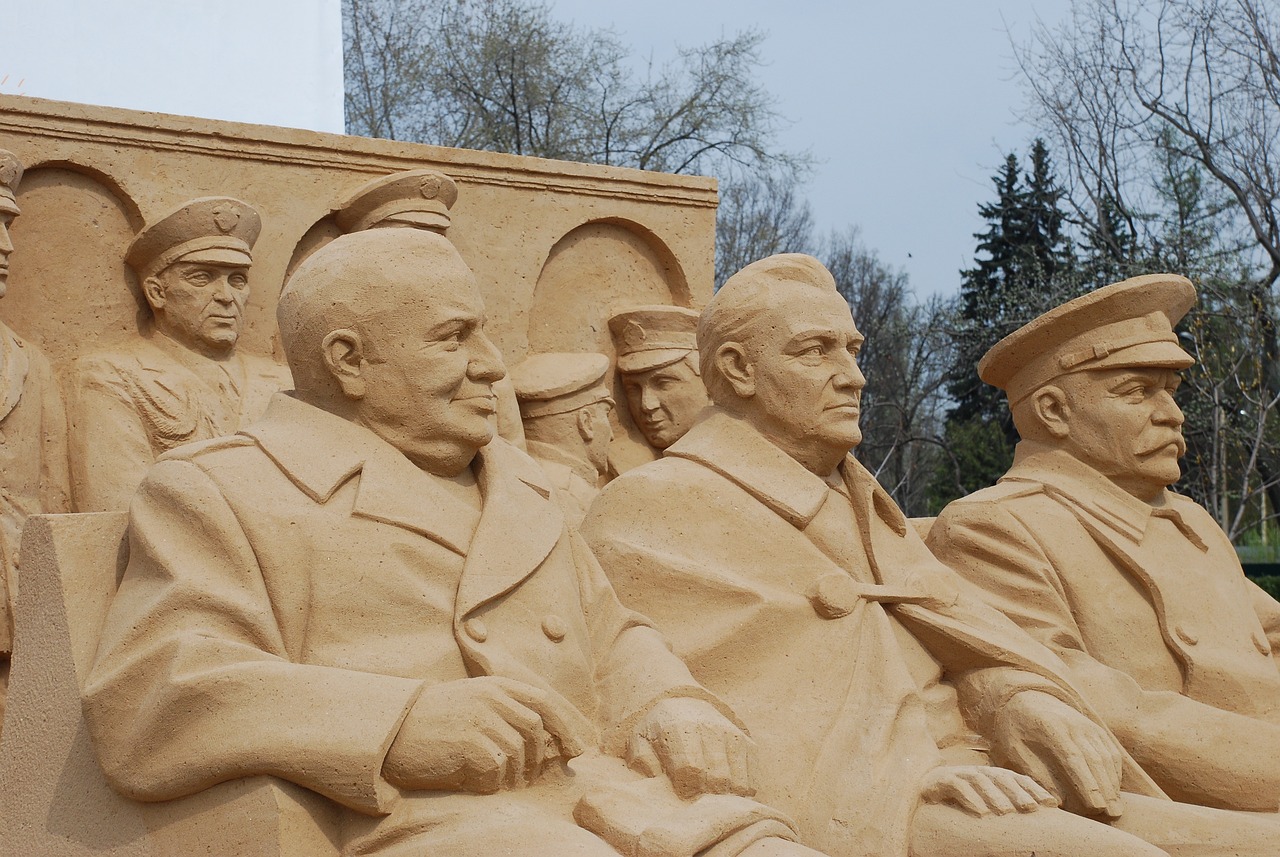
Post-War Reconstruction and Cold War Politics
After the tumultuous years of World War II, Stalin faced the daunting task of rebuilding the Soviet Union from the ruins of conflict. The post-war period marked a significant phase in Soviet history, as Stalin sought to assert Soviet dominance on the global stage amidst rising tensions with Western powers.
Stalin's focus on post-war reconstruction was driven by a dual agenda: to restore the Soviet economy and infrastructure while solidifying his regime's grip on power. The war had taken a heavy toll on the Soviet Union, with widespread devastation and loss of life, necessitating massive efforts to revive industry, agriculture, and social services.
One of Stalin's key initiatives during this period was the implementation of Five-Year Plans aimed at accelerating industrial growth and modernizing the Soviet economy. These plans, characterized by centralized planning and state control, laid the groundwork for the Soviet Union's rapid industrialization and emergence as a global superpower.
At the same time, Stalin's foreign policy in the post-war era was marked by increasing tensions with the United States and its Western allies, setting the stage for the Cold War. The division of Europe into Eastern and Western blocs, the formation of military alliances such as NATO and the Warsaw Pact, and the arms race all contributed to a climate of intense rivalry and ideological confrontation.
The Cold War politics of the time were defined by a delicate balance of power, ideological competition, and the threat of nuclear conflict. Stalin's leadership during this period was characterized by a mix of pragmatism and paranoia, as he sought to safeguard Soviet interests while projecting strength and unity to the world.
In the realm of Cold War politics, Stalin's legacy is complex and controversial, with historians debating the extent of his responsibility for the escalation of tensions and the perpetuation of the East-West divide. His authoritarian rule, aggressive foreign policy, and cult of personality all played a role in shaping the post-war world order and setting the stage for decades of global confrontation.
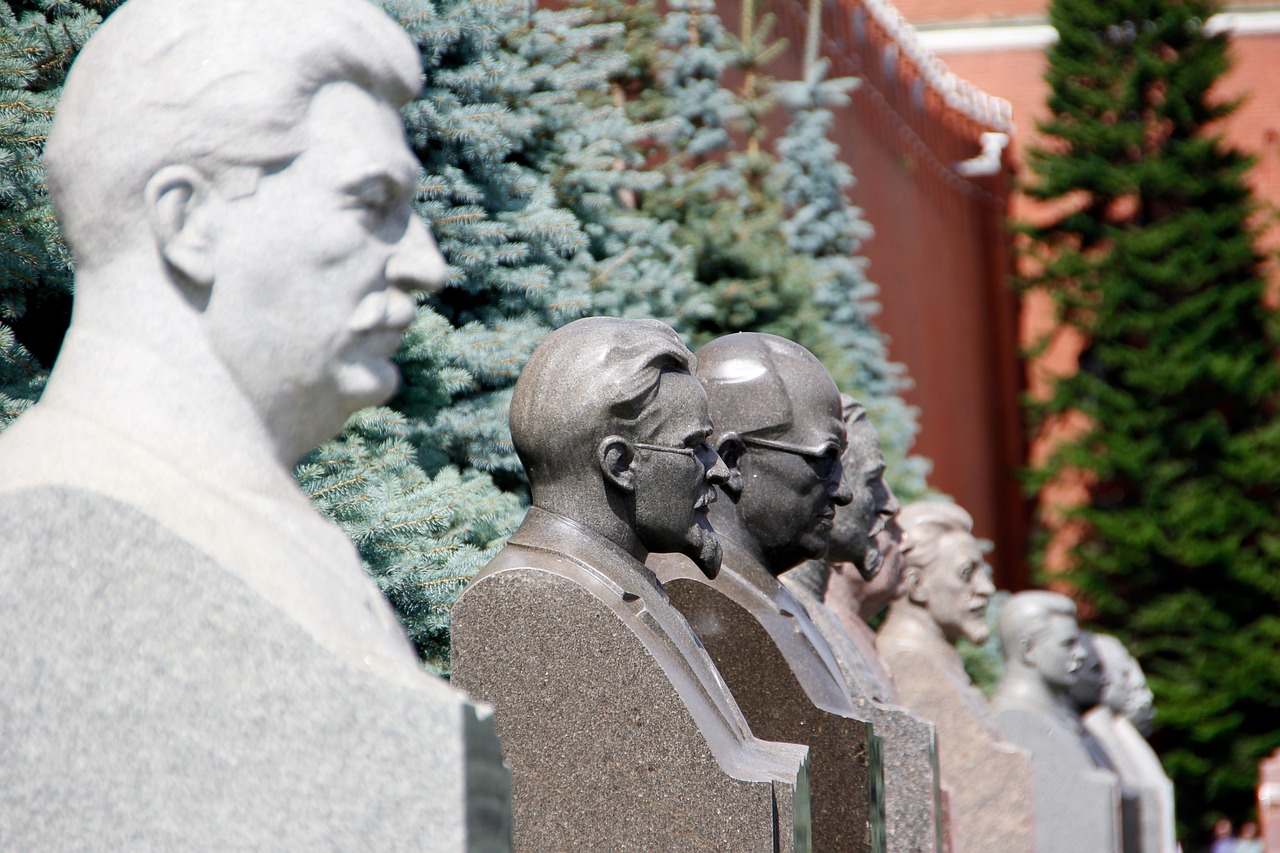
Stalin's Cult of Personality
Stalin's Cult of Personality was a central element of his rule, characterized by an intense propaganda machine that elevated him to a god-like status in the eyes of the Soviet populace. Through a carefully crafted image, Stalin portrayed himself as the savior of the Soviet Union, the embodiment of strength and wisdom. This cult of personality extended to all aspects of Soviet society, from art and literature to education and daily life.
One of the key tactics used to bolster Stalin's cult of personality was the manipulation of historical narratives and the suppression of dissenting voices. Any criticism or alternative perspectives were swiftly silenced, reinforcing the image of Stalin as an infallible leader whose every decision was unquestionable. The cult of personality served as a tool for maintaining control over the population, instilling fear and unwavering loyalty among the Soviet people.
Stalin's cult of personality also permeated the visual landscape of the Soviet Union, with countless statues, portraits, and monuments erected in his honor. His image was omnipresent, a constant reminder of his power and authority. The glorification of Stalin extended to propaganda posters, films, and even school textbooks, shaping the collective consciousness of an entire nation.
Under Stalin's rule, the cult of personality reached its peak, with elaborate ceremonies and rituals designed to exalt him as a supreme leader. His birthday became a national holiday, celebrated with fervor and devotion. Stalin was portrayed as a benevolent father figure, guiding the Soviet people towards a glorious future.
Despite the fall of the Soviet Union and the denouncement of Stalin's crimes, his cult of personality continues to fascinate and disturb historians and observers alike. The enduring legacy of Stalin's cult of personality serves as a cautionary tale of the dangers of unchecked power and the manipulation of public perception for political gain.

Legacy and Historical Interpretations
Stalin's legacy and historical interpretations continue to spark intense debate among historians and scholars worldwide. His rule, marked by authoritarianism and repression, left a lasting impact on Soviet and global history. Some view Stalin as a decisive leader who played a crucial role in defeating Nazi Germany during World War II, while others condemn him for the massive human cost of his policies.
One key aspect of Stalin's legacy is the complex nature of his rule, characterized by both ruthless purges and ambitious industrialization efforts. The Great Purge, a period of intense political repression and mass executions, remains a dark chapter in Soviet history, with estimates of millions of deaths. The trauma inflicted on Soviet society during this time continues to shape perceptions of Stalin's reign.
Moreover, Stalin's construction of a cult of personality, fueled by propaganda and manipulation of public perception, further complicates his legacy. The glorification of Stalin in official narratives and the suppression of dissent contributed to a climate of fear and obedience among the Soviet populace.
Historians also grapple with the long-term impact of Stalin's policies on Soviet society and the global balance of power. The post-war era saw heightened tensions with the West, leading to the onset of the Cold War. Stalin's aggressive tactics and expansionist ambitions shaped the geopolitical landscape for decades to come.
Overall, the legacy of Stalin raises challenging questions about the nature of power, ideology, and historical interpretation. As scholars continue to reassess his reign and its consequences, the complexities of Stalin's rule serve as a cautionary tale of the dangers of unchecked authority and the importance of safeguarding human rights and democratic principles.

Human Rights Violations and Repression
During Stalin's rule, human rights violations and repression reached unprecedented levels, casting a dark shadow over Soviet society. The systematic disregard for basic human rights manifested in various forms, including the establishment of forced labor camps, known as the Gulag system. Countless individuals deemed as enemies of the state were subjected to harsh conditions, forced labor, and often faced brutal treatment, leading to immense suffering and loss of life.
Political persecution was rampant under Stalin's regime, with dissenting voices swiftly silenced through intimidation, imprisonment, or execution. The secret police, led by figures such as Lavrentiy Beria, operated with impunity, instilling fear and paranoia among the population. The mere suspicion of disloyalty to the state could result in arrest, interrogation, and a swift disappearance into the depths of the oppressive Soviet system.
The suppression of free speech and independent thought further characterized Stalin's authoritarian rule. Censorship was widespread, with strict controls imposed on media, literature, and artistic expression. Any form of dissent or criticism of the government was swiftly dealt with, reinforcing the atmosphere of fear and conformity that pervaded Soviet society.
Moreover, the purges carried out during the Great Terror targeted not only high-ranking officials but also ordinary citizens, creating a climate of suspicion and betrayal. Neighbors turned against neighbors, colleagues denounced each other, and loyalty to the regime became the primary currency for survival. The pervasive atmosphere of fear and mistrust permeated all aspects of daily life, leaving scars that would endure for generations.
The legacy of human rights violations and repression under Stalin's rule continues to reverberate through Russian society and collective memory. Efforts to reckon with this dark chapter in history, including the rehabilitation of victims and the preservation of historical truth, remain ongoing challenges. The scars of Stalin's reign serve as a stark reminder of the fragility of human rights in the face of unchecked power and authoritarianism.
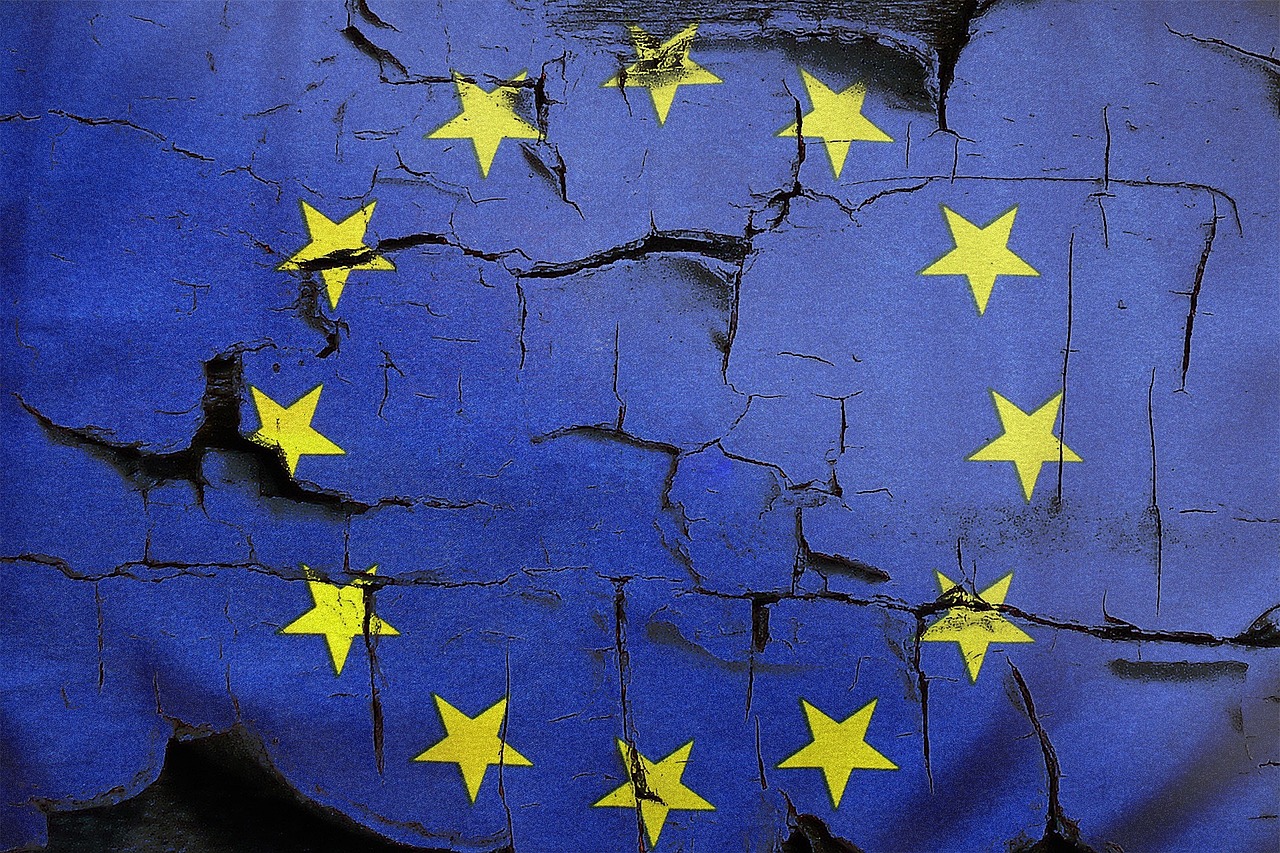
Rehabilitation and Memory
After Stalin's death in 1953, the Soviet Union underwent a period of reassessment and reflection on his legacy. The process of rehabilitation began, aiming to acknowledge and rectify the injustices and atrocities committed during his rule. Efforts were made to rehabilitate the victims of Stalin's purges, restoring their names and reputations in the eyes of society.
Memory played a crucial role in this process, as the Soviet people grappled with the dark chapters of their history. The collective memory of Stalin's reign was complex, encompassing both the trauma of repression and the resilience of those who survived. Memorials and museums were established to preserve the memory of the victims and educate future generations about the dangers of authoritarianism.
Historians and scholars continue to debate the impact of Stalin's rule on Soviet society and the global stage. The rehabilitation of memory is an ongoing endeavor, as new evidence and perspectives emerge, challenging previous interpretations. The complexities of Stalin's legacy require a nuanced approach, balancing the recognition of his achievements with condemnation of his crimes.
Rehabilitation and memory are intertwined in the quest for truth and justice, shaping the way we understand and interpret the Soviet past. By confronting the dark legacy of Stalinism, society can strive to prevent similar atrocities in the future, ensuring that the lessons of history are not forgotten.
Frequently Asked Questions
- What were Stalin's early life and political journey like?
Stalin's early life was marked by poverty and hardship, leading him to become involved in revolutionary activities. Through strategic political maneuvers, he rose to power and eventually became the leader of the Soviet Union.
- How did Stalin's policies of industrialization and collectivization impact the Soviet Union?
Stalin's policies of rapid industrialization and collectivization had significant effects on the Soviet economy, agriculture, and the lives of the people. While they modernized the country, they also resulted in widespread suffering and loss.
- What was the Great Purge and its consequences?
The Great Purge was Stalin's campaign of political repression and mass executions to eliminate perceived threats. It led to widespread fear, distrust, and trauma in Soviet society, leaving a lasting impact on the nation.
- How did Stalin lead the Soviet Union during World War II?
Stalin played a crucial role in leading the Soviet Union during World War II, making strategic decisions that shaped the outcome of the conflict. The human cost of the war was immense, but the Soviet Union emerged as a major global power.
- What was Stalin's cult of personality and its effects?
Stalin cultivated a cult of personality to maintain his power, using propaganda and manipulation to control public perception. This cult had far-reaching effects on Soviet society, shaping the way people viewed him and his regime.
- How is Stalin's legacy and rule viewed by historians?
Historians have debated Stalin's legacy, recognizing the complexities of his rule and the lasting impact of his policies. The discussion continues to shed light on the dark chapters of Soviet and global history.





